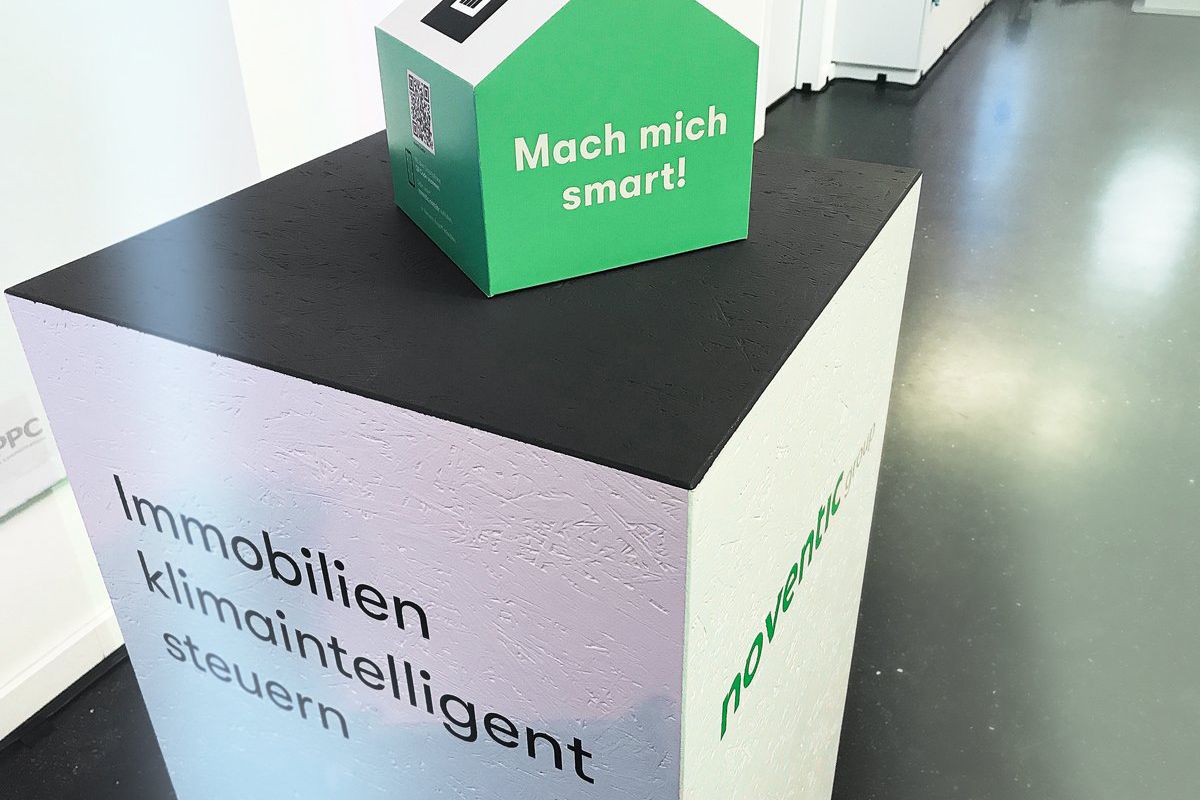Article

The purpose of the EED (Energy Efficiency Directive) is to assist the European Union in its efforts to save energy. In response to anthropomorphic global warming, the EU member states have agreed to reduce their consumption of primary energy. And sooner rather than later: across all sectors the target is to achieve a 20% cut in primary energy consumption by 2020. That will be hard to achieve. The building sector will also play an important role here, helping to attain the obligatory 1.5 per cent mean annual energy cuts in EU countries. Lawmakers have ascribed great importance to the digitisation of building infrastructure in achieving this aim.
The entry into force at the end of 2018 of the amended version of the Energy Efficiency Directive (EED) laid the legal foundations for combating climate change through efficient energy saving measures in buildings. Time is pressing for market participants, though. From November 2020 onwards only remotely readable consumption recording devices may be installed in new build and modernised buildings. Existing buildings must be retrofitted with the devices by January 2027, but only if such measures can be done by cost-effective means.
From January 2022 onwards, owners of existing buildings and property managers will be required to provide their tenants with monthly energy consumption information if the building they live in has been equipped with remotely readable recording devices. It will still be possible to provide the information by post, as in the past, or alternatively digitally, via an online portal or app. Doing so digitally would also allow direct communication between tenants and landlords, as well as making it much easier to arrange appointments.
People who know how much energy they are consuming pay more attention to their heating and use energy sources more carefully. This first became apparent after the 1981 amendment of the German Heating Costs Ordinance (Heizkostenverordnung), which led to a very rapid reduction in CO2 emissions. If, alongside their individualised bills, tenants are informed about their consumption throughout the year, the forecast saving potential comes to 15%. Thus we could save a total of 5.5 t of C02 emissions a year (the extrapolated savings generated by individualised consumption billing plus all-year-round consumption information).
Networking building data with external data and applications via cloud platforms renders that data a good deal more useful. Digitisation helps to optimise processes. Once consumption can be viewed on an app, landlords have already met the requirement to provide all-year-round consumption information since tenants can access their consumption details at any time. In addition, this opens up a direct communication channel over which bills can be made ready directly when there is a change of tenants, and it also opens up the possibility of applications for things such as leak location.
The EED amendment has been passed. In Germany the corresponding EU directive has been enabled via a new heating costs ordinance, For housing associations, landlords and managers, this means that there is no longer any alternative to radio-based remote reading and billing of heat and water consumption. If your meters or heat cost allocators will soon need replacing anyway, now is a good time to convert to remotely readable radio systems, because the metering and recording devices will be installed for several years. Cold water meters have a calibration period of six years, and hot water and heat meters of five.
Greater transparency thanks to the ability to promptly view one’s own energy consumption, optimised management of energy installations: those are the future key points for the challenge to save energy. And they make sense: with the aid of these low-investment measures, around 20 per cent energy savings can be made in residential buildings, and in commercial buildings that goes up to no less than 25 per cent. Moreover, intelligent metering systems lay the foundations for the running of distribution networks, and therefore for the progressive digitisation of the energy transition.
Thanks to radio-based, remotely readable metering technology their effort of making appointments will come to an end. Tenants will no longer have to wait in for meter readers, in the worst case having to sacrifice a half day of leave for the purpose. Thanks to intelligent metering systems consumption data can be recorded digitally and made available over a data platform. Furthermore, the EED means that the manual reading of water, heat or electricity consumption will in any case be a thing of the past from 2027 onwards.
The smart meter gateways developed by the noventic group have already been granted BSI certification. The intelligent metering systems with which up to 80 per cent of all consumers will very soon have to be supplied can be installed. However, before the roll-out can begin the lawmakers have decreed that three independent providers must be certified, and that is still delaying the launch of the roll-out.